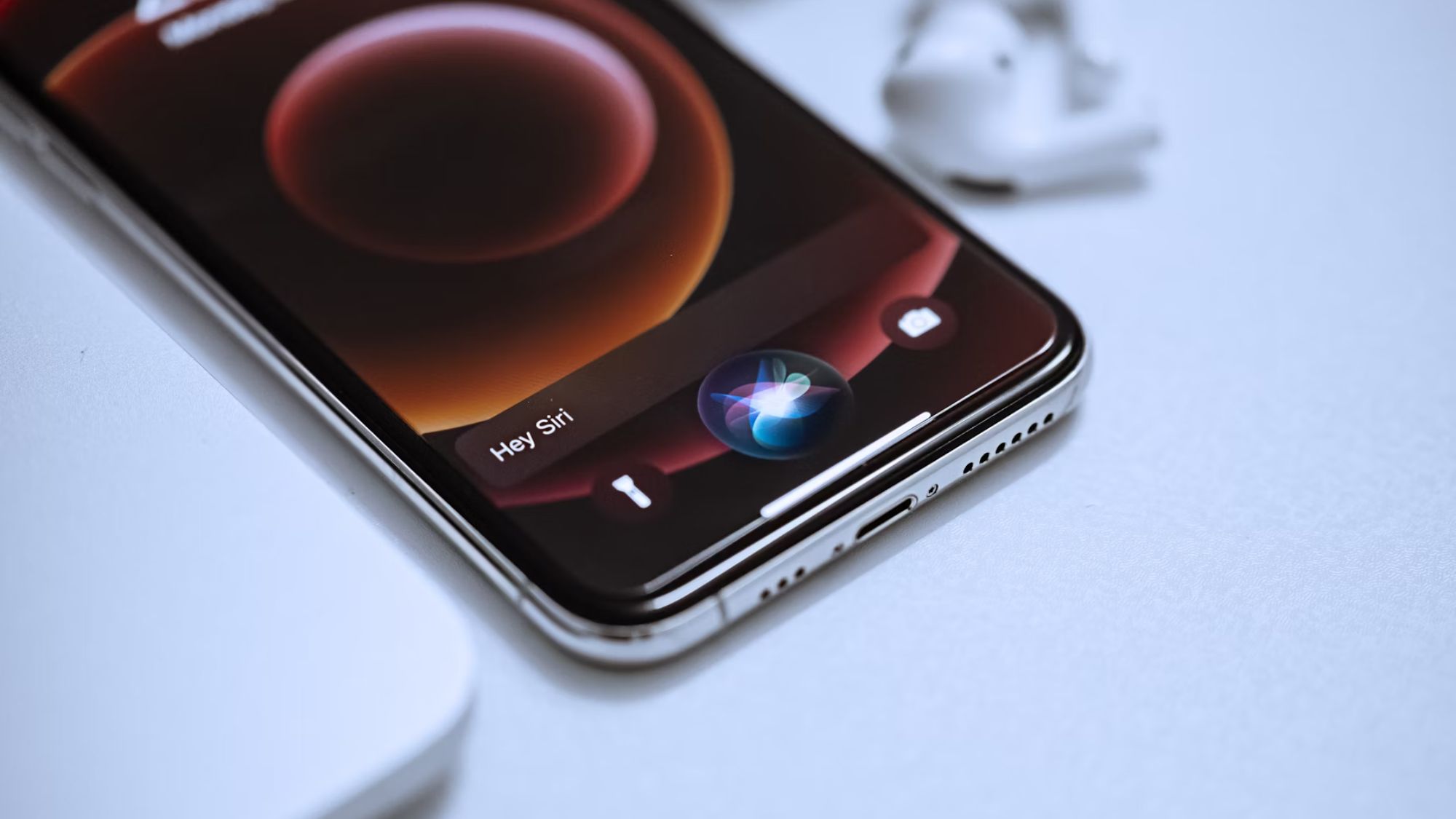"It’s been sinking for a long time": Why a revamped Siri is a no-show at WWDC
Siri’s long-awaited transformation is missing its cue, again.

Despite Apple hyping up its next-gen AI assistant for nearly a year, the revamped Siri won’t take the stage at WWDC 2025. While fans were expecting the digital sidekick to finally get large language model smarts, insiders say the reboot is months behind schedule, and maybe even years behind the competition.
Instead, Apple will release a modest update to Apple Intelligence, its suite of AI features sprinkled across iOS, iPadOS, and macOS. Siri? It's still stuck in the past.
Where's Siri?
When Apple introduced Apple Intelligence last June, the company pitched it as “AI for the rest of us.” At the center of it all was a smarter Siri: One that could read emails, navigate your schedule, and understand natural language in a way the current assistant can’t.
But what Apple didn’t say during that slick WWDC presentation was that the Siri demo was just a concept video. The real-world version? Buggy, unreliable, and nowhere near ready for primetime. By the time Apple’s senior execs ran internal tests on iOS 18.4 this spring, key features like voice-based ID retrieval weren’t even functioning.
With ongoing struggles that show no sign of letting up, Siri’s AI revamp is now delayed indefinitely. Apple has since pulled several TV ads showing off capabilities that still don’t exist. It’s an embarrassing miss — one that has sparked internal frustration and even a class-action lawsuit over false advertising.
A culture clash with AI
So what went wrong? In short, Apple’s traditional development culture collided head-on with the chaotic speed of modern AI.
Apple likes to ship finished, polished products, not beta experiences. It updates software once a year and obsesses over control and curation. But AI doesn’t work that way. LLMs are iterative, messy, and require huge datasets and rapid deployment cycles to improve. It’s a world built on risk and scale, and these are two things Apple has historically avoided.
Sign up to receive The Snapshot, a free special dispatch from Laptop Mag, in your inbox.
Compounding the problem is the company’s strict privacy stance. While rivals like OpenAI and Meta train their models on oceans of user data, Apple’s hands are tied. That means it must rely on synthetic or licensed data, limiting how fast and how well it can train AI.
Looking behind the curtain
Internally, Siri’s team has struggled to get the assistant’s two brains — the old codebase and the new AI-powered features — to play nicely together. Apple sources describe it as a “whack-a-mole” situation: squash one bug, three more pop up. Integration issues have brought development to a crawl.
Apple’s head of AI, John Giannandrea, has taken much of the heat. Brought in from Google in 2018 to turbocharge Apple’s machine learning, he has since been sidelined from Siri’s development. The new face of Siri development is Mike Rockwell, the executive behind the Vision Pro headset. Whether he can steer the project back on track remains to be seen.
One thing’s for sure: The missed deadline is more than a technical hiccup; it’s a reputational risk. Eddy Cue, Apple’s head of services, reportedly warned that AI could do to the iPhone what the iPhone did to Nokia.
What's next?
At WWDC (June 9-13,2025), don’t expect Siri to headline. Instead, Apple will showcase new Apple Intelligence features, like an AI-enhanced battery mode and a virtual health coach, while continuing to push iOS 19 toward a fall release.
As for Siri, Apple is now working on a fully LLM-powered version, internally dubbed “LLM Siri,” that may eventually rival ChatGPT in conversational ability. But that won’t be ready for months — and let's face it, probably longer.
In the meantime, Apple is preparing to decouple Siri from its Apple Intelligence branding. A tacit admission, perhaps, that the name Siri no longer inspires much confidence.
More from Laptop Mag

Luke is a freelance writer and journalist. Although his background is in legal, he has a personal interest in all things tech, especially hardware and microelectronics, and anything regulatory. Aside from Laptop, he contributes to publications including All About Circuits and EE Power.
You must confirm your public display name before commenting
Please logout and then login again, you will then be prompted to enter your display name.
